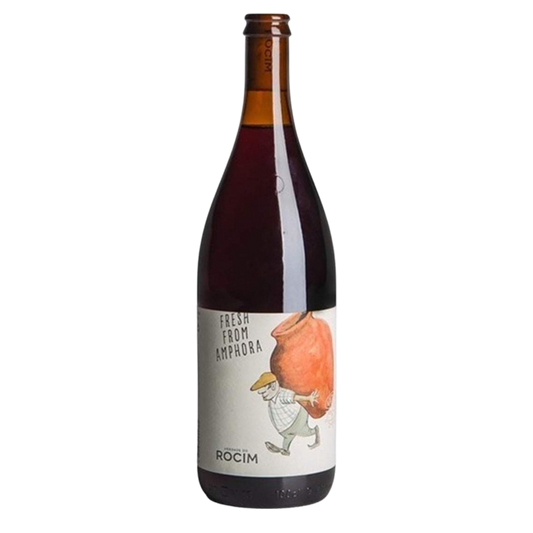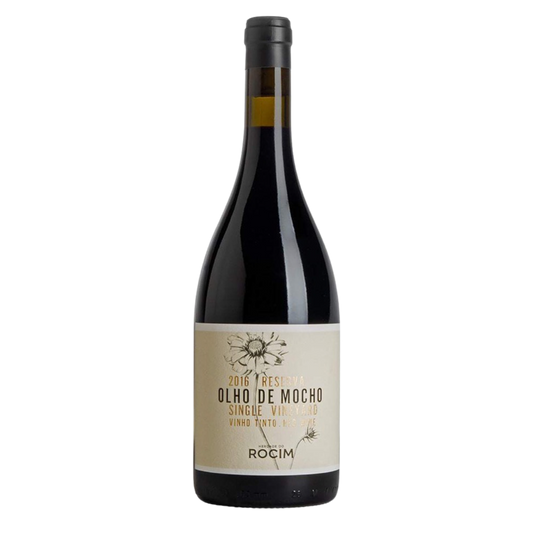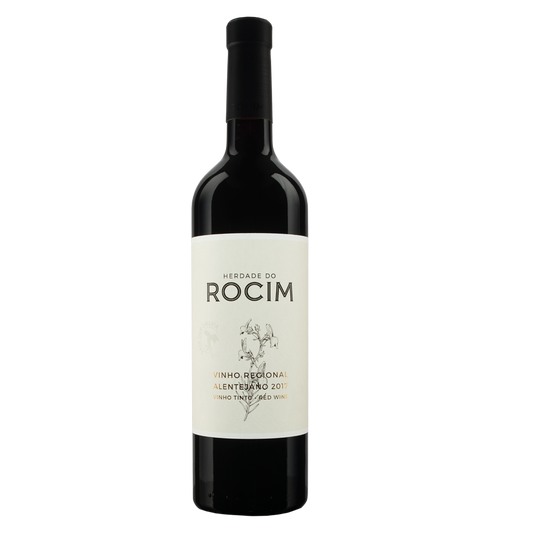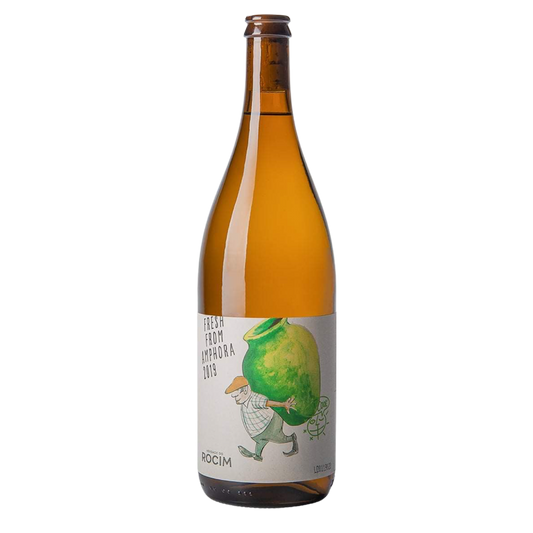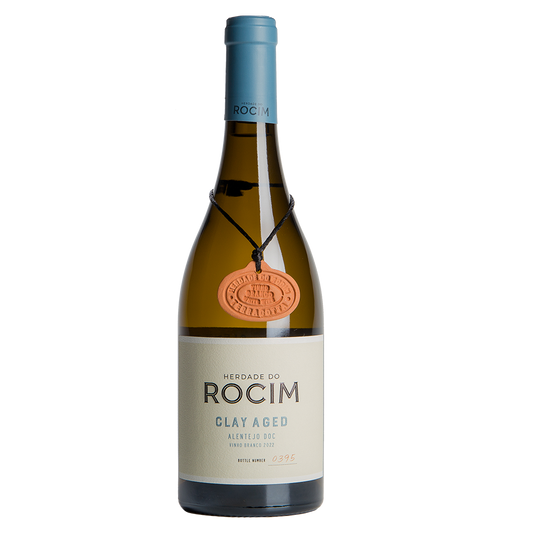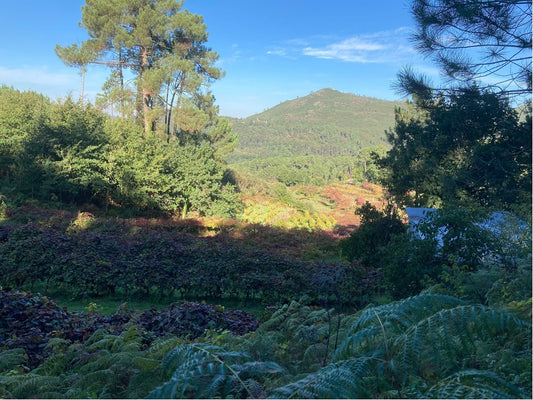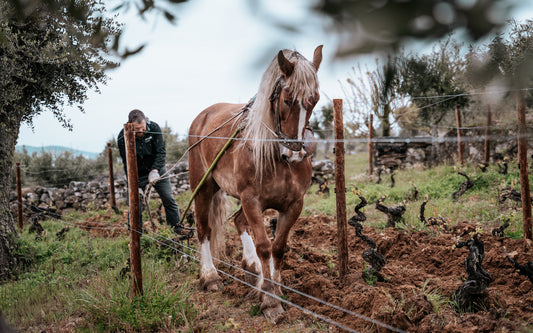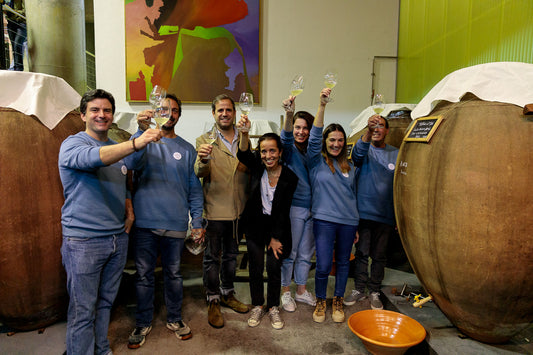At Martinmas - Saint Martin’s Day on November 11th - wine growers around the world drink to a good harvest. With its rich culture of pagan and religious festivals (festas), Portugal is no exception; for wine lovers, there is no better place to be than Vidigueira.
Feats of clay
 Braided, age-dated talha, with the maker's signature and marque; photo credit Sarah Ahmed
Braided, age-dated talha, with the maker's signature and marque; photo credit Sarah Ahmed
The Alentejo sub-region is Portugal’s spiritual home of winemaking in talha – beautiful, handcrafted pots. Made of local clay, older examples are hand inscribed with symbols (the maker’s marque) and the year in which they were made.
The clay ‘braid’ at the base of the neck is no decorative touch. It serves to disperse water evenly around the outside of the talha, cooling down ferments.
The original orange wine
Pre-hip-storic, talha are the original egg-shaped fermenters and produced skin contact whites long before anyone coined the phrase ‘orange wine!’ Grapes – red and white - were traditionally fermented and left on skins in talha until Dia de São Martinho (St Martins Day), when priests blessed the new wine.

Traditional ‘Cante Alentejano’ singers celebrate Martinmas at Rocim Amphora Wine Day; photo credit Herdade do Rocim
St Martins Day was the cue to open the pots amidst much ceremony, including traditional songs to celebrate the fruits of that year’s labour direct from talha.
Locals still do, although talha winemaking is a niche affair. Until recently, you could only drink talha wines in a handful of tascas – rustic wine bars with wall to wall talhas just waiting to be tapped. Or by kind invitation at the home cellars of those who kept the faith, making wine for family and friends.
The traditional taste of talha
 A cup of talha wines from Professor Arlindo's Ali Baba 'cave' beneath the family home; photo credit Sarah Ahmed
A cup of talha wines from Professor Arlindo's Ali Baba 'cave' beneath the family home; photo credit Sarah Ahmed
I well remember my first foray into talha wines. It was 2015 and nothing prepared me for the ambrosial taste of golden talha wine made by a retired teacher. Scooping it up from under the talha’s protective top layer of olive oil, Professor Arlindo passed me a cup of vinous nectar made from Antấo Vaz, Vidigueira’s hero white grape variety. Honeyed and yielding, sweetly scented yet dry, with gently pithy, spicy citrus peel, effortless balance and clarity of expression, it charmed me, just like its twinkling-eyed octogenarian maker.
In the arid sub-region of Granja-Amareleja due east of Vidigueira, I tasted invigorating gutsy reds made from the local Moreto grape by Joaquim Bacão. The whitewashed walls of his tasca – Adega Velha – are lined with cloth capped talhas. A daring move given talhas can explode whilst fermenting! Jugs of wine are decanted direct from talha and served in glass beakers; it’s the perfect match for Alentejo’s rustic, hearty stews – one pot wine for one pot food.
Contemporary talha wines
Since 2010, in an effort to preserve Alentejo’s talha tradition, talha wines which have been bottled can be certified Vinho de Talha DOC wines. Bottling talha wines allows them to last for longer and reach a wider audience. Since then, Alentejo’s handful of traditional makers have been joined by young bloods like Catarina Vieira and Pedro Ribeiro of Herdade do Rocim and Bojador (Ribeiro’s side-project), who have elevated the genre, even making a single talha wine called Jupiter Code 01 2015, which sold for £1,000 a bottle!
What I love about contemporary talha wines is their purity of expression (fruit and terroir) together with the distinctive phenolics and texture which come from fermenting on skins in clay. Whites are spicy and pithy. For reds, I often pick up a touch of smoky iodine or terracotta dust. Sometimes pine resin or beeswax. Perhaps from the ‘pez’ used to line the pots.
Like oak, clay is breathable, allowing for the complexity of controlled oxygenation which does not occur in wines fermented and aged in stainless steel. But talha wines have none of the sweetness of oak. Or the tannin extract.
Excitement & intrigue
An exciting revival of traditional grapes has gone hand in glove with the revival of talha wines. Local grapes like Moreto, Tinta Grossa and Grand Noir (red) and Diagalves and Perrum (whites) are well-adapted to southern Alentejo’s sunny, dry climes. For this reason (and because these grapes are usually planted field blend style in varietally mixed vineyards), old school grapes help to preserve freshness.
Another influence on style (freshness and body) is picking dates. Alcohol levels might range from 11% to a lusty 15%, accounting for a range of styles. Differences in the raw material – a talha’s size, shape, thickness, lining and porosity - can also affect the contents. Herdade do Rocim Jupiter is a case in point. Whether down to pot luck grape selection or a lucky pot, Jupiter – a one off, says Pedro - came from one of three talhas sourced from the same field blend parcel. He reckons that particular pot always produces the best wine and has no idea why!
Find out more
Wines of Alentejo has a dedicated page on its website about talha wines. It covers the history and culture of talha winemaking and features a terrific video about the process narrated by Professor Arlindo. For an in depth study, Paul James White has just published a book dedicated to talha wines - ‘Talha Tales, Portugal’s Ancient Answer to Amphora Wines.’
Better still, try some!

Hugo Mendes makes talha wine with XXVI Talhas
Open to the public, Herdade do Rocim Amphora Wine Day takes place on the first Saturday after St Martin’s Day. It is a convivial gathering of contemporary (bottled) talha wine producers (and makers of clay-influenced wines from elsewhere).
On the day itself (11th November), traditional cellars and tascas in the nearby villages of Cuba, Vila de Frades and Vila Alva host their own celebrations. Capacious with three dining areas, Casa Monte Pedral in Cuba is housed in the defunct co-operative’s winery. Cosier, Páis das Uvas in Vila de Frades has opened a museum next door, where the Hondrado family planned to expand until they discovered the trappings of an old talha winery. Lovingly restored, Cella Vinaria Antiqua is well worth a visit. In Vila Alva, XXVI Talhas’ superb bottlings come closest to the traditional style and are well worth seeking out.
Which brings me neatly to your easiest route to experience talha wines – this very website! Our range of talha wines from Alentejo includes examples from Herdade do Rocim, Bojador, Explicit, XXVI Talhas and one made by Hugo Mendes in collaboration with XXVI Talhas.
We also list clay-made wines which use different techniques or come from other parts of Portugal from Niepoort, Susana Esteban and Soalheiro.


